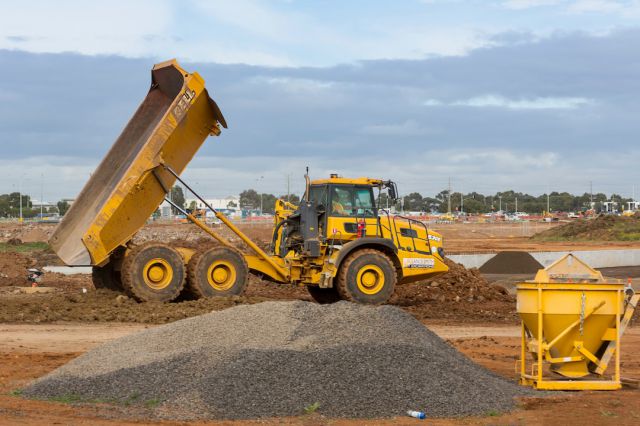The use of earthmoving machinery has become increasingly popular over the past few decades, as it is used for a variety of purposes, from construction to landscaping. While the use of earthmoving machinery has numerous advantages, it can also have a significant environmental impact. In order to minimise this impact, it is important to understand the different types of earthmoving machinery, the effects they can have on the environment, and the steps that can be taken to reduce their environmental impact.
Types of Earthmoving Machinery
Earthmoving machinery is used for a variety of tasks, such as digging, grading, hauling, and excavating. This equipment is made up of a variety of machines, including bulldozers, backhoes, graders, scrapers, and excavators. The type of machinery used will depend on the specific project, as each type of machine is used for different types of tasks.
Environmental Impacts of Earthmoving Machinery
Earthmoving machinery can have a variety of negative environmental impacts. The most obvious impact is the destruction of the natural landscape due to the excavation and grading of land. This can lead to a loss of habitat for native species, as well as the destruction of wetlands and other fragile ecosystems.
In addition, earthmoving machinery produces a large amount of dust, which can be harmful to both humans and the environment. Dust particles can contain harmful chemicals, and can be breathed in, resulting in respiratory illnesses. The dust can also settle on nearby vegetation, blocking sunlight and reducing photosynthesis. This can lead to a decrease in biodiversity and an increase in soil erosion.
Earthmoving machinery also produces noise, which can be disruptive to wildlife and human communities. This noise pollution can affect the stress levels of animals, as well as the sleep patterns of humans.
Reducing the Environmental Impact
There are a number of steps that can be taken to reduce the environmental impact of earthmoving machinery. The first step is to use the most efficient machinery for the job. This will help to reduce the amount of time and energy used, as well as the amount of dust and noise produced.
In addition, earthmoving machinery should be properly maintained in order to reduce the amount of dust and noise produced. Regular maintenance can also help reduce fuel consumption and extend the lifespan of the machinery.
It is also important to use the proper techniques when operating earthmoving machinery. This includes avoiding rapid acceleration and deceleration, as well as avoiding sharp turns. This will help to reduce the amount of dust and noise produced, as well as reduce fuel consumption.
Finally, it is important to use earthmoving machinery in a way that minimises the impact on the environment. This includes avoiding areas of high biodiversity or fragile ecosystems, and avoiding activities that can disturb wildlife.
Conclusion
The use of earthmoving machinery has numerous advantages, but it can also have a significant environmental impact. In order to minimise this impact, it is important to understand the different types of earthmoving machinery, the effects they can have on the environment, and the steps that can be taken to reduce their environmental impact. By using the most efficient machinery, properly maintaining the equipment, and using the proper techniques when operating the machinery, it is possible to reduce the environmental impact of earthmoving machinery.






